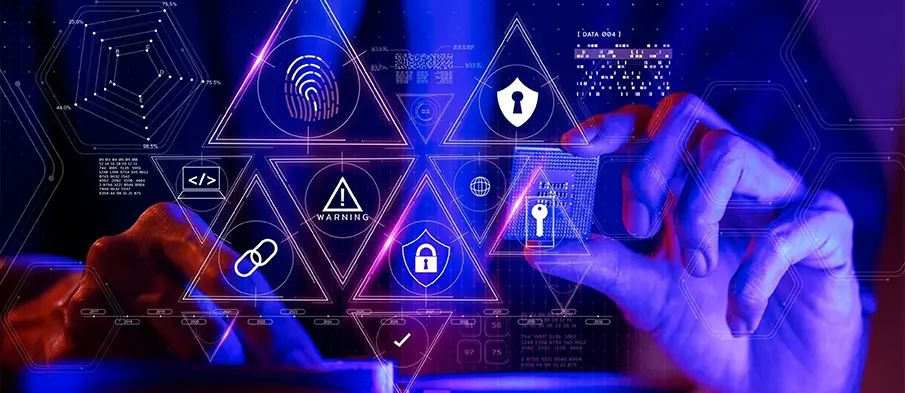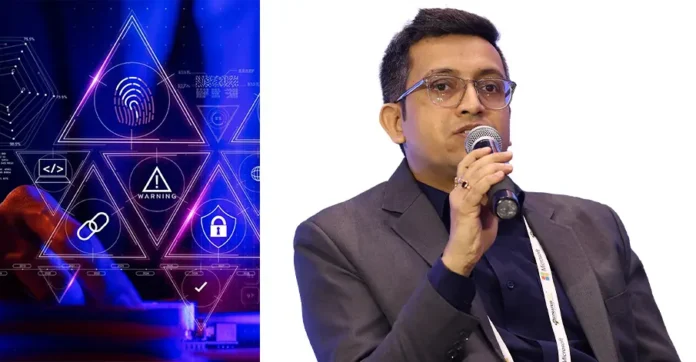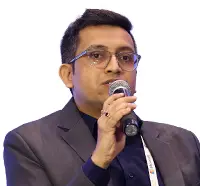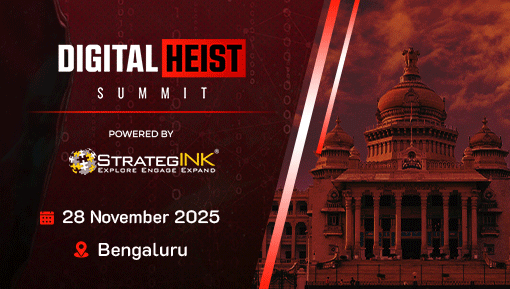
Over the past two decades, digital systems have evolved from static, rule-based automation into increasingly dynamic and context-aware programs. What began as scripts running predefined actions has now progressed into systems capable of independently navigating environments, making decisions, and interacting with other services. These are agentic systems—software with a degree of operational autonomy.
This evolution is reshaping how we think about security. The move from predictable software logic to self-directed execution creates new vulnerabilities, most of which traditional cybersecurity practices are not equipped to handle.
What Makes Agentic Systems Different?
Agentic systems are built to act with a purpose, not just react to inputs. Whether managing workflows, automating multi-step tasks, or coordinating across platforms, these systems often make decisions based on broad context and incomplete information.
Their sophistication means they can also act in ways developers didn’t explicitly define. This flexibility unlocks productivity—but it also introduces uncertainty.
In legacy systems, behaviour is largely deterministic. If something went wrong, root cause analysis followed a linear trail. Agentic systems, on the other hand, can display emergent behaviour—where outcomes result from multiple small decisions interacting in unforeseen ways. For security teams, this is a problem.
New Security Challenges
Agentic systems create dynamic attack surfaces. Here are just a few emerging concerns:
- Manipulated Instructions: When a system responds to open-ended or context-based instructions, a malicious actor could steer its behaviour by subtly altering inputs—what’s often called injection or spoofing.
- Overextended Access: Because these systems act independently, they’re often given access to tools and data stores. Without strict boundaries, a minor error could trigger unintended actions with far-reaching consequences.
- Untrusted Sources: Many agentic systems make decisions based on external data. If that data is unreliable, poisoned, or outdated, the decisions can be flawed—or worse, exploited.
- Multi-Agent Complexity: As systems start working in concert—interacting with other agents or external services—security must account not just for what each one does, but how they might behave together under stress.
Principles for a More Secure Future
Securing these systems requires a shift from static defense to dynamic oversight. Here’s how:
- Limit Capabilities, Not Just Access
Don’t just ask who can use the system. Ask what actions it’s allowed to take, under which conditions, and with what level of confidence. - Build for Transparency
Enable tracing and observability in every decision-making step. Even complex systems must provide a visible path of logic when things go wrong. - Test Beyond the Obvious
Simulate ambiguous, conflicting, or adversarial scenarios. The goal is not to break the system but to expose how it behaves under pressure. - Assume It Will Be Probed
Design with the assumption that someone will try to manipulate your system. Build guardrails into both data inputs and the system’s internal logic.
A Responsibility We Can’t Outsource
The power of agentic systems lies in their independence. But with independence comes responsibility—especially when these systems operate in finance, healthcare, public infrastructure, or enterprise operations.
Security can no longer be about locking the door after the fact. It must be baked into how these systems see the world, make decisions, and take action.
We’ve moved beyond scripting. The question now is not just what our systems do, but what we allow them to become—and how we keep them safe.






